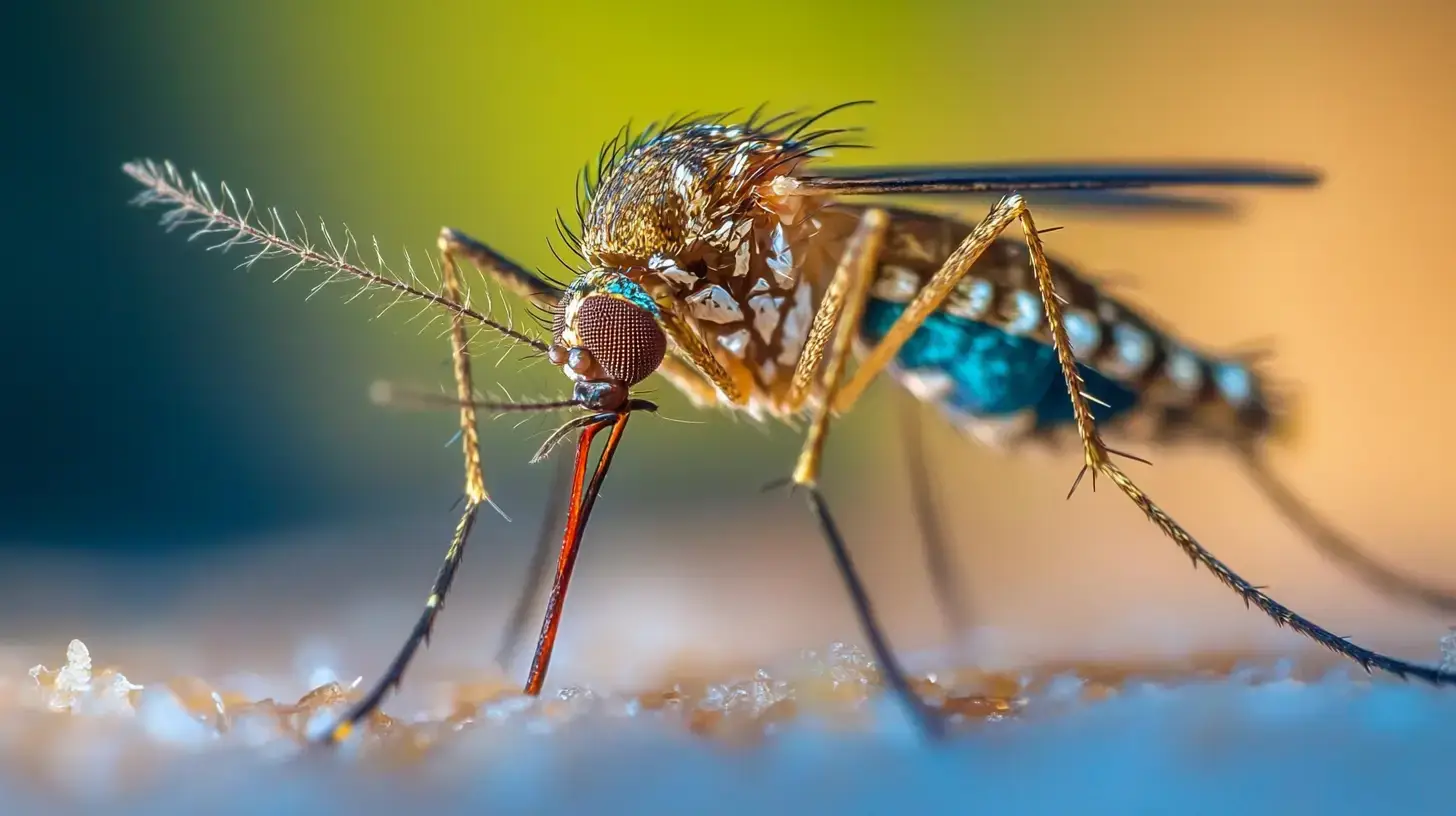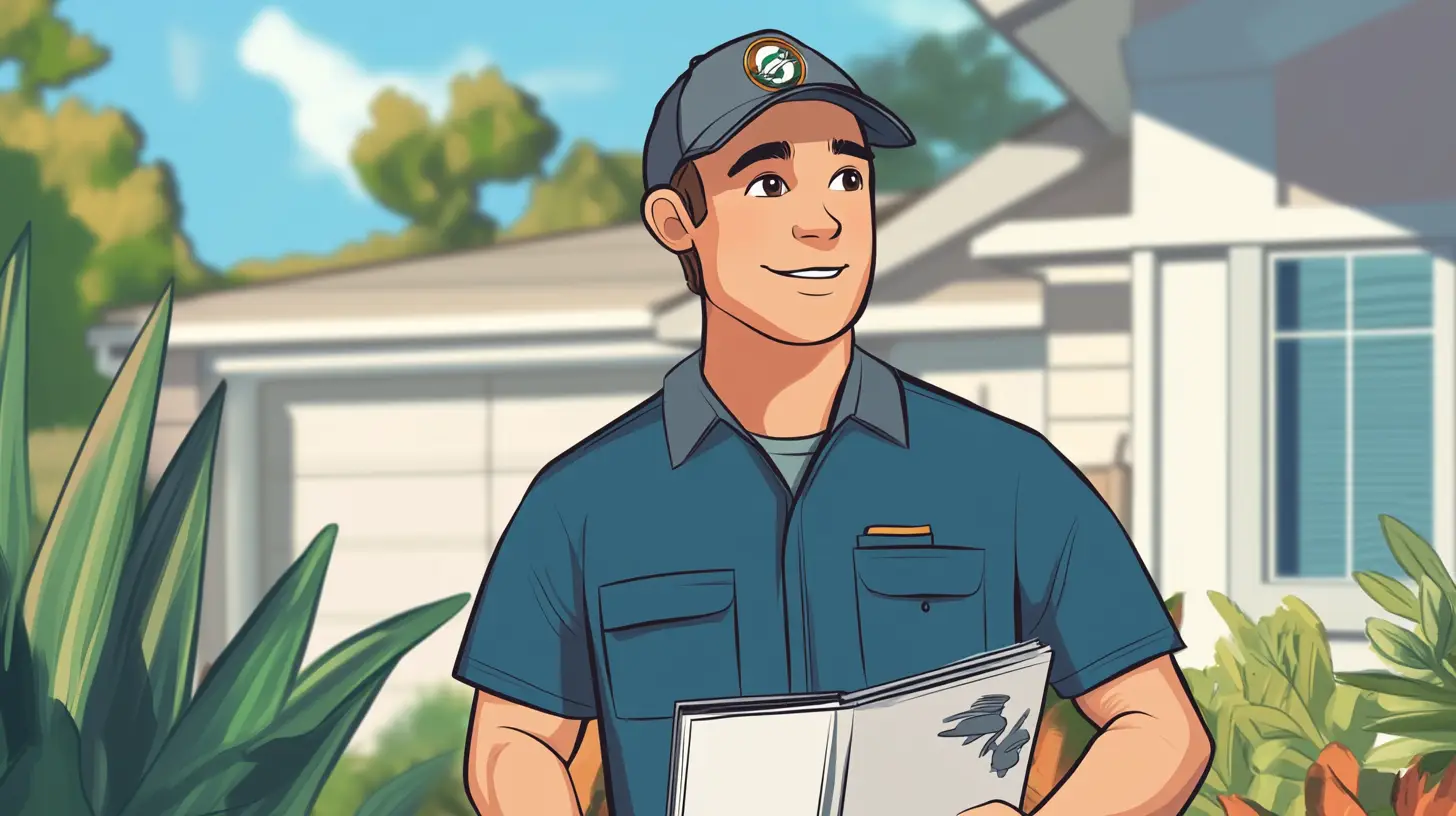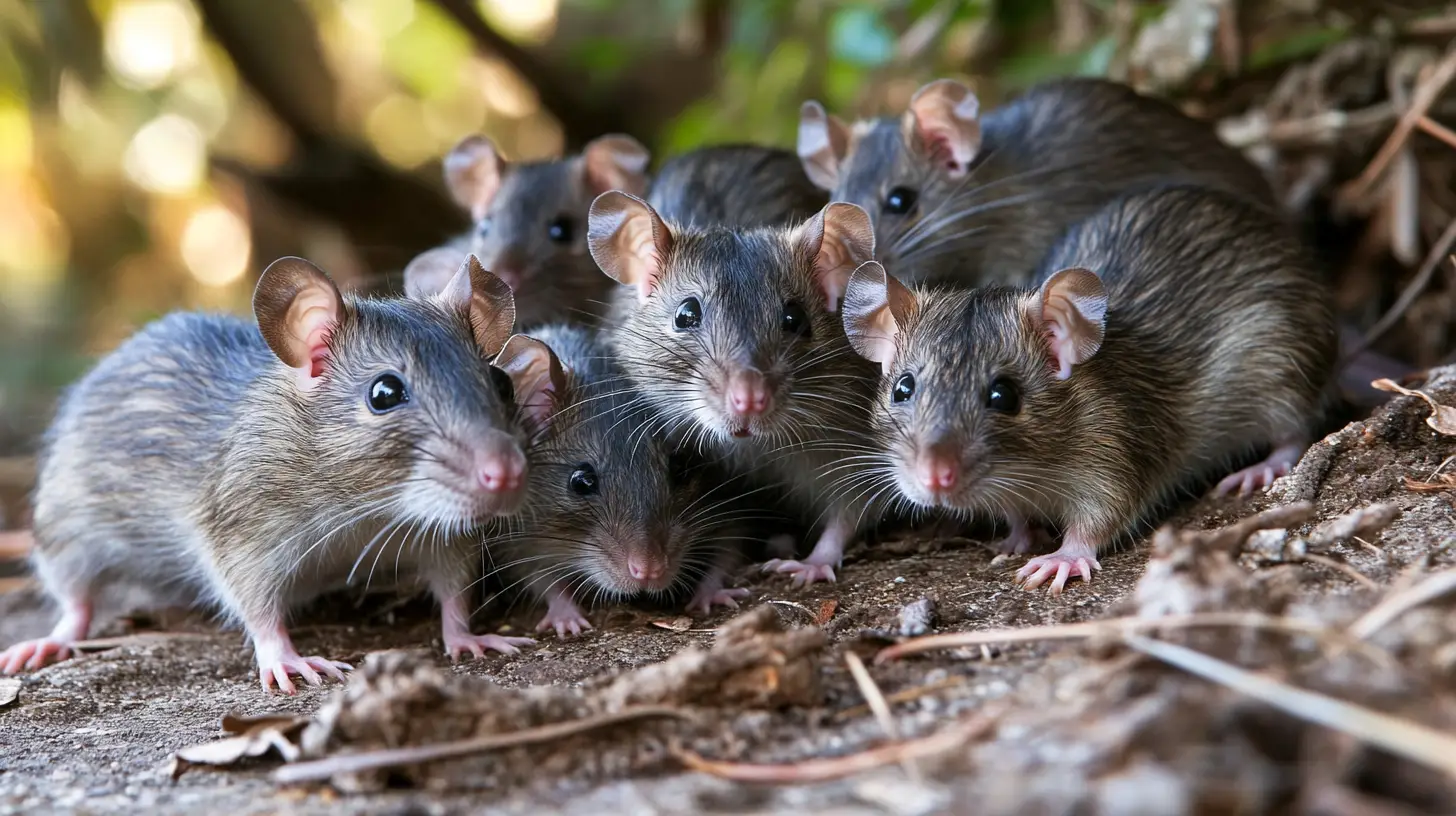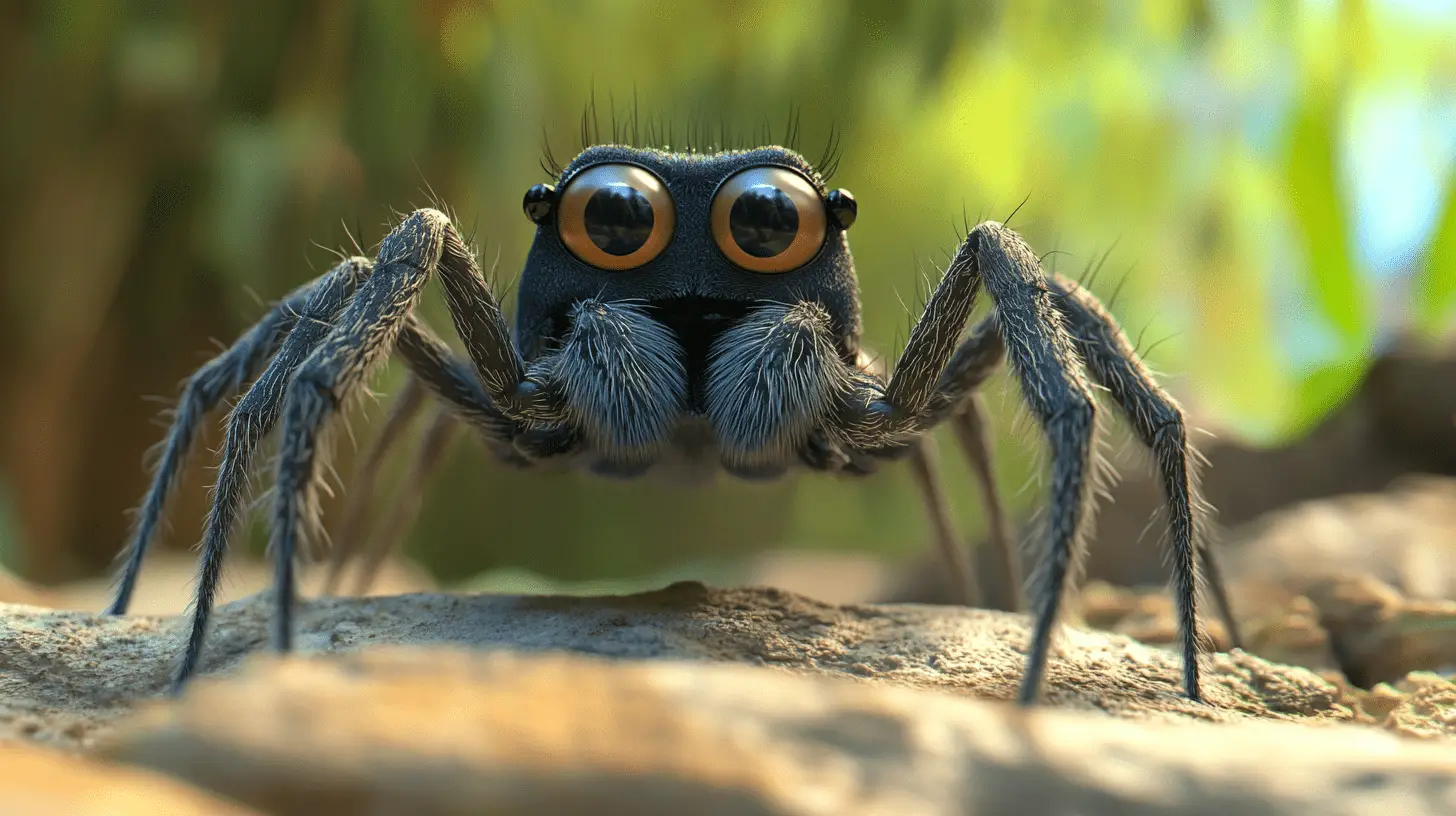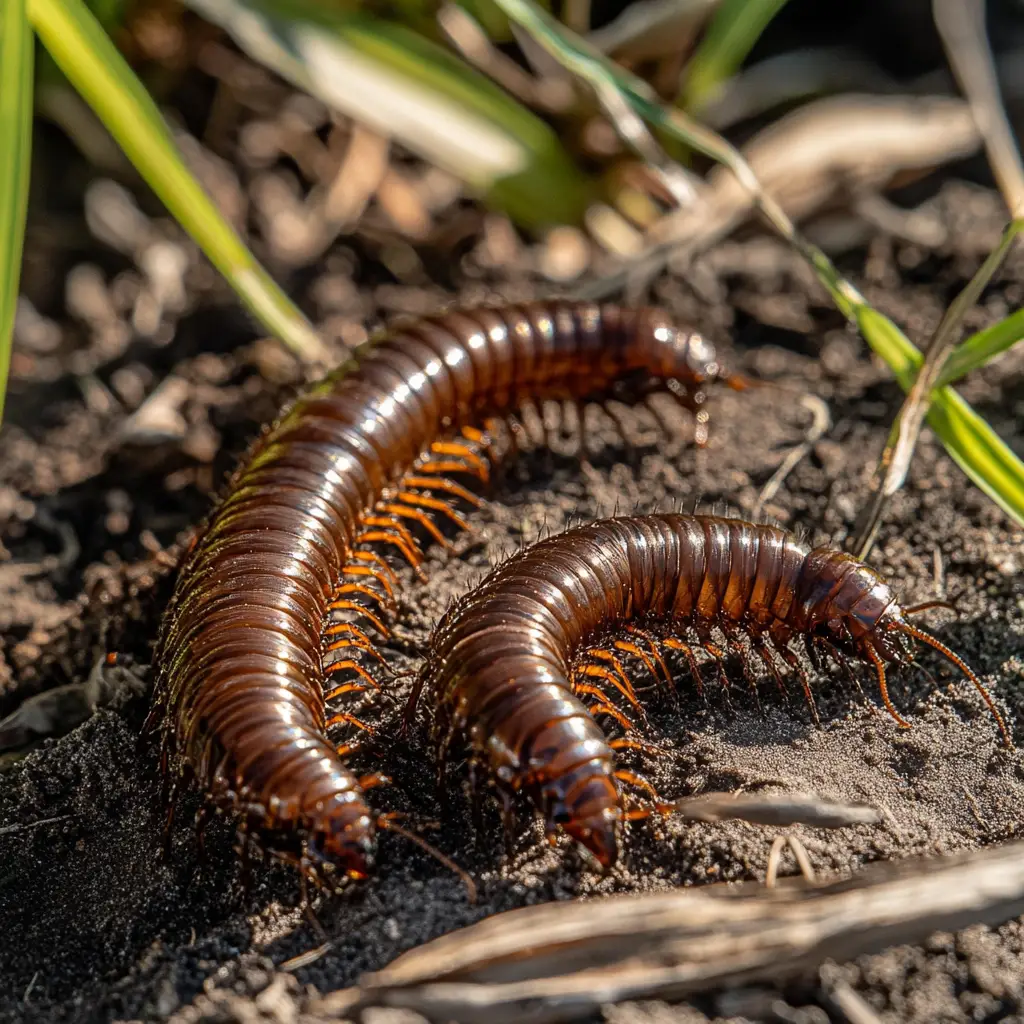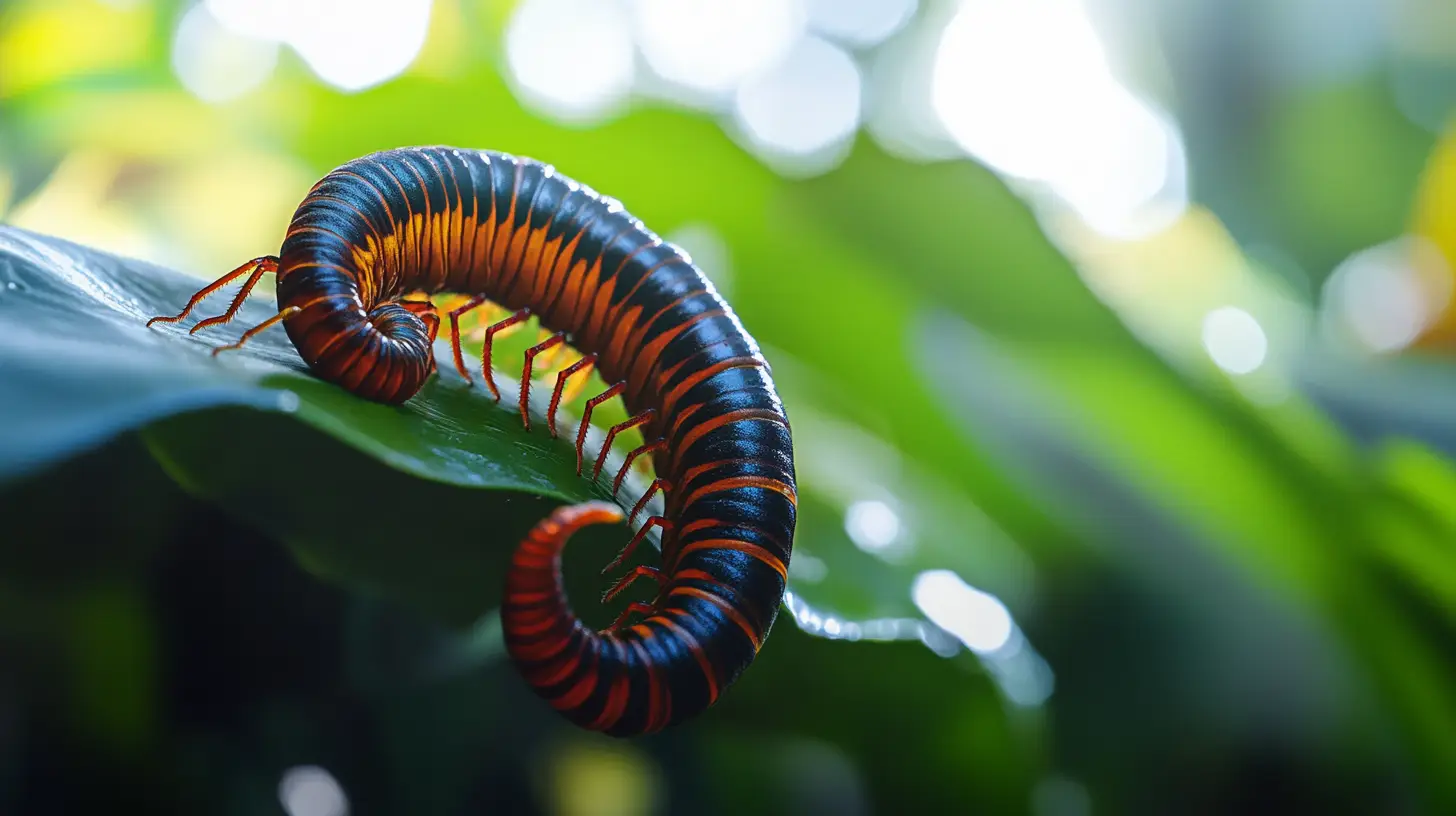
Table of Contents
Wasps can turn your peaceful Sarasota, FL backyard into a battleground. Whether you’re dealing with a single nest or a full-blown infestation, these aggressive insects can pose a real threat to your safety and peace of mind. But don’t worry, you’re not alone in this struggle.
Wondering how to reclaim your outdoor space without getting stung? We’ve got you covered. From natural remedies to professional answers, there are several effective ways to get rid of wasps and keep them from coming back. Ready to take control of your wasp issue?
Key Takeaways
- Understanding Wasp Types: Identifying the specific types of wasps, such as mud daubers, paper wasps, yellowjackets, and bald-faced hornets, helps in deploying the most effective removal strategies.
- Early Infestation Detection: Recognizing signs like increased wasp activity, designated nesting sites, and damaged wood can aid in early intervention and effective management of wasp infestations.
- Attractants Awareness: Knowing what attracts wasps, such as sugary drinks, ripe fruits, exposed meat, and fragrant flowers, enables preventive measures to reduce their presence.
- Prevention Strategies: Simple practices like avoiding fragrant flowers, keeping your yard clean, and using peppermint oil can help prevent wasps from nesting around your property.
- Wasp Removal Techniques: DIY methods like inspecting entry points, setting up traps, and using soap and water solutions can be effective for small infestations, while professional help is recommended for extensive or aggressive nests.
Types of Wasps
Encountering wasps in Sarasota, FL, can be quite a concern, but knowing the types helps in effectively managing and eliminating them. Below, we break down the different types of wasps you’ll find and the best ways to handle each.
Mud Daubers
Mud daubers are less aggressive compared to other wasps. With their long, slender bodies and black wings, these solitary creatures don’t live in colonies, reducing their nuisance factor. They build mud nests in sheltered areas like eaves or garage corners. Although not typically a threat, understanding their behaviors can aid in mud dauber control.
Paper Wasps
Paper wasps, characterized by their black and yellow coloring, are more aggressive and can sting repeatedly. Their nests resemble paper and are usually hanging from eaves or tree branches. To get rid of paper wasps, mix two tablespoons of dish soap with one cup of water. Spray the nest at dusk when wasps are less active. This solution suffocates them, leading to immediate results. Expert advice often includes using protective clothing during this process.
Yellowjackets
Yellowjackets are highly aggressive and can sting multiple times, making them a important concern. These wasps often build nests in ground cavities or wall voids. Due to their aggressive nature, yellow jacket removal is best left to professionals in Sarasota, FL, especially if you need extensive yellow jacket nest removal services. Effective methods include bait traps and protective measures during removal.
Bald-Faced Hornets
Bald-faced hornets are another aggressive type, identifiable by their black and white coloring. These wasps build large, football-shaped nests often found in trees or shrubs. For bald-faced hornet nest removal, expert intervention is highly recommended due to the risk of multiple stings. Professionals use specialized equipment and techniques to safely remove these nests.
Understanding the exact behaviors and habitats of these wasps aids in developing effective strategies to get rid of wasps. Whether you opt for DIY methods or professional extermination services, knowing your enemy is half the battle.
Signs of a Wasp Infestation
When dealing with wasps, knowing the signs of an infestation can help you address the issue effectively and maintain a safe environment. Recognizing these indicators early can prevent problems from escalating.
Increased Wasp Activity
One of the most obvious signs of a wasp infestation is increased wasp activity around your property. Noticing large numbers of wasps swarming in a particular area suggests a nest nearby. Wasps frequently leave their nests to collect food and care for their young. Observing their flight path can help you locate the nest, important for effective wasp infestation removal.
Nesting Sites
Wasps often choose exact sites for nesting, each species having unique preferences. Mud daubers build mud nests on exterior walls. Paper wasps create nests resembling paper, often under eaves, in attics, or sheds. Yellowjackets frequently nest underground, in wall cavities, and other hidden spaces. Identifying these nesting sites is crucial when figuring out how to get rid of a wasp nest or seeking professional yellow jacket nest removal.
Damaged Wood
Wasps can also cause damaged wood in and around your home. Some species, like yellowjackets, chew wood to create a pulp for their nests. Look for small holes and tunnels in wooden structures, as these indicate an active infestation. Addressing this damage promptly can help prevent further structural issues and aid in yellow jacket removal efforts. If you notice such damage, consider contacting an Sarasota Pest Control for yellow jackets to assess and remove the nests safely.
Understanding these signs can empower you to take action against a wasp infestation and effectively protect your Sarasota, FL property.
Things That Attract Wasps
Understanding what attracts wasps is essential for effectively managing them in your Sarasota, FL, outdoor spaces. These insects’ preferences can help you take proactive measures to prevent infestations.
Food and Beverages
Wasps are drawn to high-energy and protein-rich foods. They seek out various attractants:
- Fruits and Berries: Wasps love ripe fruits like pears, apples, and figs. A 24-hour aged pear, emitting volatiles such as isobutanol and acetic acid, is particularly irresistible.
- Sugary Drinks: Soda, beer, and other sweet beverages are major attractions. These provide the necessary sugars for their high-energy needs.
- Meat and Leftovers: Exposed meats or outdoor leftovers bring wasps in droves. They scavenge for dead insects and small animals to feed their larvae.
- Sweet and Sour Substances: A mixture of water, vinegar, and sugar can effectively mimic the scent of ripe fruits, drawing wasps to traps.
Flowers
Flowers, especially those with strong scents and bright colors, naturally attract wasps:
- Nectar-Rich Blooms: Wasps are frequent visitors to garden flowers, collecting nectar as a food source.
- Fragrant Plants: Strong-smelling flowers like jasmine and lavender can also draw wasps, seeking both food and potential nesting sites.
Light and Warmth
Light and warmth significantly influence wasp behavior:
- Outdoor Lighting: Wasps can be attracted to artificial lights. Outdoor fixtures, especially near entryways, might draw them in during nighttime.
- Warmth from Structures: Wasps often nest in warm, sheltered areas. You might find nests under eaves, in attics, or within wall cavities.
Recognizing these attractants can aid in how to get rid of wasps and prevent their return. Remove wasp nest components like exposed food and potential nesting sites to effectively decrease their presence. You can enjoy a wasp-free environment with a strategic approach that considers these factors.
How to Prevent Wasps
Stopping wasps from invading your space in Sarasota, FL, involves straightforward measures and some proactive steps.
Avoid Fragrant Flowers
Wasps are naturally attracted to fragrant flowers due to their nectar. Select plants with less enticing scents, particularly for areas where you spend time outdoors. Marigolds, mint, and citronella are excellent, wasp-repelling options. Keeping these plants near patios and dining areas helps reduce wasp attraction.
Keep Your Yard Clean
A clean yard is less appealing to wasps. Remove fallen fruits, cover trash bins tightly, and keep compost areas managed. Regularly mow your lawn to eliminate tall grasses and potential hiding spots. By regularly removing these attractants, you significantly reduce the likelihood of wasp infestations.
Use Peppermint Oil
Peppermint oil is a natural wasp deterrent. Create a solution by mixing a tablespoon of peppermint oil with water and spraying it around windowsills, doors, and eaves where wasps might enter. You can also soak cotton balls in peppermint oil and place them strategically around your home to create an effective barrier against wasps.
By carry outing these strategies, you can prevent wasps from nesting around your home and enjoy a safer, more wasp-free environment in Sarasota, FL.
How to Get Rid of Wasps in Your Home
Dealing with wasps in your home can be challenging, especially if you’re looking to maintain a safe environment in Sarasota, FL. Taking proactive measures to get rid of wasps can help you ensure peace and safety.
Inspect Your Home for Entry Points
Identify and seal all potential entry points to prevent wasps from entering your home. Seal tiny cracks around edges of siding and where power lines enter the house. Patch holes in window screens and gaps around door and window frames. Use silicone caulk and expanding foam to fill gaps or cracks in siding and soffits.
Hang Wasp Traps
Setting up wasp traps can help reduce their numbers around your home. You can purchase commercial wasp traps or make your own with a large plastic soda bottle. Cut off the top, punch holes near the top, and add a mixture of fruit juice, water, yeast, liquid detergent, and ripe fruit or fruit jam. Hang the trap where you’ve seen wasp activity.
Use Soap and Water
A simple soap and water solution can be effective for small wasp nests. Mix two tablespoons of dish soap with water in a spray bottle. Spray the solution directly onto the wasp nest during dusk or dawn when wasps are less active. The soap will clog their breathing pores, leading to suffocation.
Call a Professional
For large infestations or if you’re unsure about handling wasps yourself, calling an expert in wasp removal is recommended. They have the necessary equipment and expertise for safe and effective extermination. Professional services are particularly important for yellow jacket removal and hornet nest removal, given their aggressive nature.
Implementing these strategies can help you get rid of wasps and maintain a wasp-free home in Sarasota, FL.
How to Get Rid of Wasps in the Yard
Taking control of your outdoor space and ensuring it’s free from wasps is entirely achievable with the right approach. By understanding the exact types of wasps and their behaviors you can tailor your strategy to be more effective. Implementing preventive measures like sealing entry points and removing attractants can significantly reduce the likelihood of an infestation.
For persistent or large infestations don’t hesitate to call in professional help. By combining natural remedies with professional answers you can create a safer and more enjoyable environment in your yard. Remember consistent maintenance and vigilance are key to keeping wasps at bay. Enjoy your outdoor spaces without the worry of wasps disrupting your peace.
Frequently Asked Questions
What attracts wasps to my backyard?
Wasps are attracted to high-energy and protein-rich foods, fragrant flowers, and outdoor lighting. Removing food sources and potential nesting sites can help reduce their presence.
How can I prevent wasps from invading my home?
Inspect and seal any entry points, hang wasp traps, and use a soap and water solution for small nests. For large infestations or aggressive species, calling a professional is recommended.
Are there natural remedies to repel wasps?
Yes, planting wasp-repelling plants like marigolds and mint can help keep wasps away. Additionally, regularly removing food sources and potential nesting sites can be effective.
What are common types of wasps in Sarasota, FL?
Common wasps in Sarasota, FL, include mud daubers, paper wasps, yellowjackets, and bald-faced hornets. Each requires specific management strategies based on their behavior and habitats.
How can I identify a wasp infestation?
Signs of a wasp infestation include increased activity around your property and the presence of nests in specific locations such as under eaves, inside sheds, or in trees.
When should I call a professional for wasp control?
Call a professional if you have a large infestation or if you are dealing with aggressive species like yellowjackets and hornets. Professional help ensures safe and effective wasp removal.
What can I do to make my backyard less attractive to wasps?
Remove or secure food sources, keep trash cans covered, and reduce stagnant water. Planting repellent plants and maintaining a clean environment also helps.
Why are wasps more active during certain times?
Wasps are more active during warmer months when they search for food and build nests. They are particularly aggressive in late summer and early fall as their food sources diminish.
Can wasps be beneficial in any way?
Yes, wasps can be beneficial as they pollinate flowers and help control pests by feeding on other insects. However, their aggressive nature can make them a nuisance in outdoor spaces.
What should I do if I discover a wasp nest?
If the nest is small and easily accessible, you can use a soap and water solution to treat it. For larger nests or if the wasps are aggressive, seek professional assistance to ensure safety.


